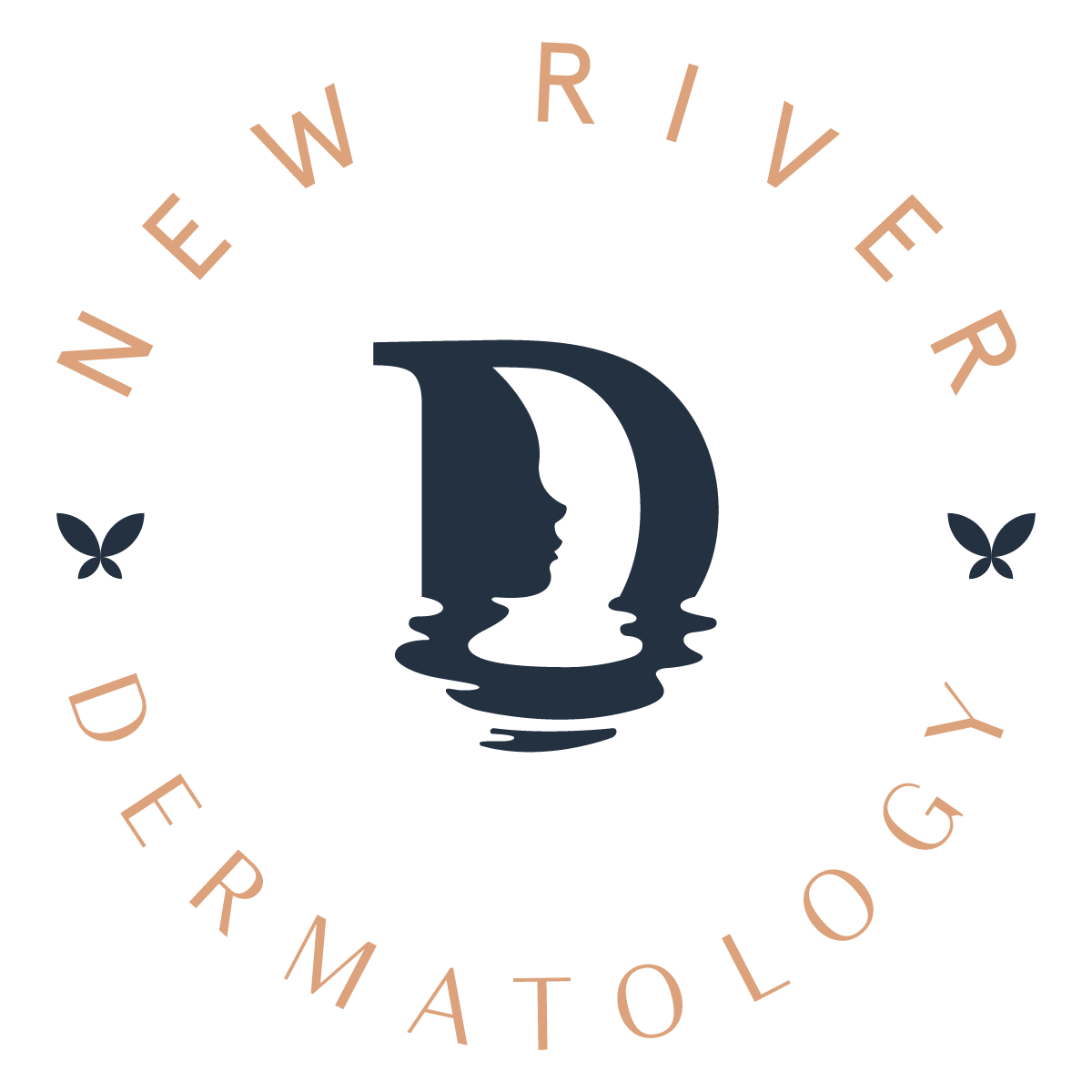Put It on Ice: How Cryotherapies Can Work For You
Cryotherapy techniques have been around since the 1970s as a treatment for various autoimmune diseases and recovery for elite athletes, as well as for the treatment of dermatoses.
What is cryotherapy?
There are two types of cryotherapy: “Whole Body Cryotherapy” (WBC) and cryosurgery.
WBC uses controlled liquid nitrogen to create low temperatures in order to stimulate the body’s protective mechanisms: adrenaline, the immune system, endorphins, etc. The patient stands in a cryotherapy booth in protective shoes and gloves (to prevent serious damage to the cold-susceptible fingers and toes) with their head sticking out the top. For about three minutes, liquid nitrogen is pumped into the booth to lower the temperatures to -200 to -250 °F. During this time, your body reacts to the shock of sudden, dangerous temperature drop by boosting metabolism, kick-starting the immune system, pumping adrenaline through your body, and trying to find homeostasis. The cold air also helps reduce inflammation and soreness, which is why it was originally developed for those with arthritis and other autoimmune disorders.
Cryosurgery is a similar principle, but focuses on a single spot and uses much lower temperatures; whereas WBC sticks to the -200s, cryosurgery uses temperatures of between -346 to -320 °F. At temperatures that low, the liquid nitrogen can instantly freeze almost anything, including human tissue; this causes localized, controlled frostbite which kills keratinocytes: the cells that comprise the top portion of the epidermis.
Dermatological Uses
Cryosurgery is an effective technique for the treatment of a range of benign skin problems, such as warts, keratoses, dermatofibromas, precancerous cells, and more. Cryosurgery freezes, kills, and destroys the abnormal cells, which are then replaced by healthy cells after healing. If you’ve ever picked up OTC wart treatment, like “Freeze Away”, you've already experienced this first-hand.
Depending on the size and depth of the lesion or wart, multiple treatments may be necessary.
There are currently studies underway to determine if other dermatoses can be combated with cryotherapy. Some researchers theorize that atopic dermatitis - which causes inflamed, dry, and itchy patches - could be managed by cryotherapy; the cold air would reduce inflammation, as would the supposed burst of antioxidants as your body attempts to restore homeostasis. There are similar studies being done for acne.
Another branch of cryotherapy is Coolsculpting®. This procedure is an FDA-cleared alternative to liposuction. In the same way that extra-cold temperatures in cryosurgery are used to kill diseased skin tissue and make way for healthy cells, Cryolipolysis™ freezes fat cells. Once those cells are damaged from freezing, your body works to eliminate them, leaving you slimmer and trimmer in the weeks following treatment. This procedure is non-surgical - meaning it’s non-invasive, and does not require any anaesthesia - and you can return to your daily routine immediately following treatment.
Cryotherapy has been used in dermatology for decades as an effective treatment for particular dermatoses. If you think your life would be improved by the removal of a lesion, mole, or wart, or by Coolsculpting®, make an appointment with us today. We’ll diagnose and determine the best path forward for treatment.
